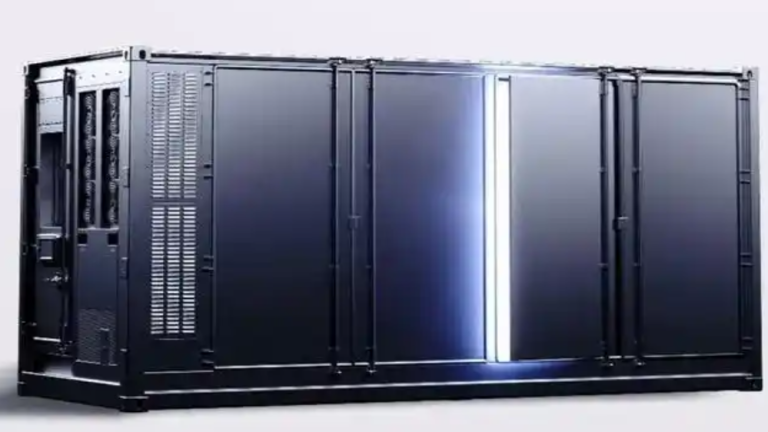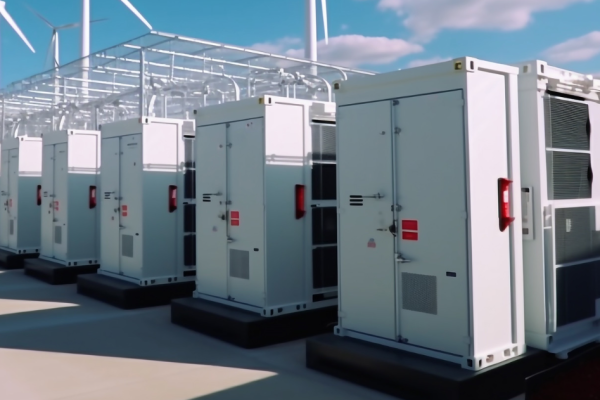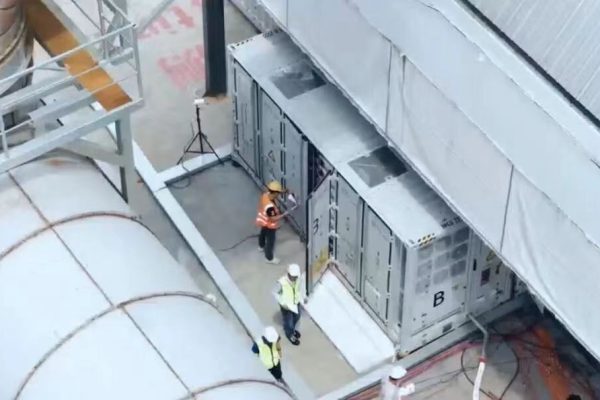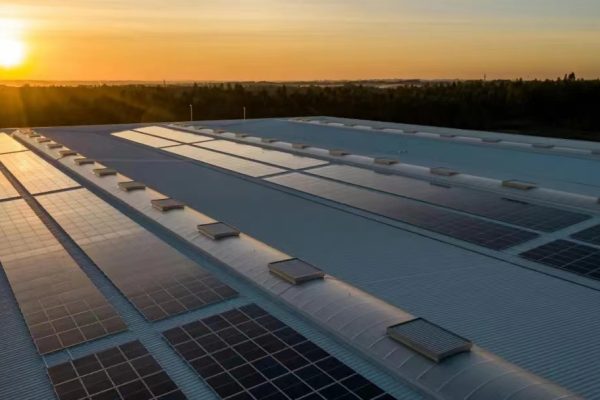Why Customizable ESS Enclosures Matter for Scaling and Installation Flexibility
1. Introduction: The Rise of Modular Storage Solutions
As the energy storage market evolves from fixed utility-scale plants to flexible, small-to-medium energy storage systems (ESS), the role of modular storage cabinets has become increasingly important.
Whether for residential backup, commercial peak shaving, or rural microgrids, modular cabinet-based storage offers:
- Scalability (from 10kWh to 200kWh+)
- Customizable configurations
- Simplified installation and logistics
In this article, we’ll explore:
- What modular ESS cabinets are
- Key components and configuration strategies
- Why customization enables market competitiveness
- Design considerations for small project exporters
- SEO-friendly product positioning strategies
2. What Is a Modular Storage Cabinet in ESS?
A modular storage cabinet is a standardized battery enclosure that integrates:
- Battery packs (typically LFP modules)
- BMS (Battery Management System)
- Power wiring, fuses, breakers
- Optional integration with PCS (for all-in-one design)
These cabinets are designed to be:
- Pre-assembled or field-assembled
- Stackable or rack-mountable
- Flexible in terms of capacity, voltage, and layout
🧱 Think of them as the LEGO bricks of energy storage—flexible, reconfigurable, and easy to scale.
3. Why Modular Cabinets Matter for Small-to-Mid Projects
💡 1) Customer Demand is Fragmented
In global markets, demand varies greatly:
| Market Type | Typical Demand | Notes |
|---|---|---|
| Small businesses | 20–100kWh | Often need peak shaving |
| Households (off-grid) | 10–30kWh | Space-constrained |
| Farms, warehouses | 50–200kWh | Seasonal load patterns |
| Remote schools | 30–60kWh | Need easy transport/install |
Modular cabinets allow custom configuration per customer without redesigning the full system.
💡 2) Logistics Optimization
- Shippable in standard palletized or flat-pack formats
- Factory pre-wiring reduces site labor
- Can be split into multiple smaller shipments for phased deployment
4. Key Customization Options for Modular Cabinets
🧩 a. Battery Module Count & Arrangement
- Typical cabinet supports 4–12 LFP modules
- Stackable vertically, side-by-side, or in parallel cabinets
- Easy to configure 48V / 100V / 200V systems
🔧 b. Internal Wiring Design
- Customize for single-phase / three-phase output
- Include fuses, circuit breakers, DC switches
- Add busbars or terminal blocks as needed
⚙️ c. Enclosure Features
- IP Rating: IP20 (indoor) to IP55 (outdoor)
- Cooling method: Natural convection, fan-cooled, or HVAC
- Locking mechanisms and anti-theft designs for rural markets
🔋 d. Integration with Inverter or PCS
- Cabinets can be:
- Battery-only (external PCS required)
- All-in-one with inverter integrated on top
- Hybrid inverter brands (e.g., Growatt, Deye, GoodWe) can often be adapted
5. Typical Modular Cabinet Configurations
| Configuration Type | Application Scenario | Capacity Range |
|---|---|---|
| Vertical Stack (Indoor) | Small office / telecom | 10–30kWh |
| Parallel Side-by-Side | Factory peak shaving | 50–150kWh |
| Outdoor IP55 Wall Mount | Farm or island system | 15–60kWh |
| PCS-Integrated Cabinet | Turnkey C&I ESS | 100kWh+ |
🔧 Custom Quote Tip: Always confirm load type, daily cycles, and available space before proposing a cabinet layout.
6. How to Customize Modular Cabinets for Flexible Orders
As a technical foreign trade partner, your value lies in being agile and solution-driven. Here’s how to match cabinets to orders:
✔️ Step 1: Load Analysis
Ask your client:
- What equipment will be powered?
- Is the demand constant or peak-based?
- How many kWh/day is required?
✔️ Step 2: Battery Sizing
Use load data to recommend:
- Battery voltage (48V / 100V / 200V)
- Battery capacity (usable kWh)
- Cycle life requirement
✔️ Step 3: Cabinet Configuration
Based on:
- Space (indoor/outdoor)
- Local IP rating needs
- Expansion requirement (future growth)
✔️ Step 4: Custom Features
- Include optional EMS ports, LCD screens, or remote monitoring
- Offer branding, labeling, or color customization
7. Advantages of Offering Modular Storage as a Technical Supplier
| Advantage | How It Helps Your Customers |
|---|---|
| Fast Lead Time | Stocked parts + flexible config = faster delivery |
| Scalable Pricing | Buy only what’s needed today, expand later |
| Simplified Logistics | Ship in 20′ or 40′ containers with optimized layout |
| Customization Without MOQ | Small batch support wins trust in early stage |
| Clear Project Proposals | Pre-draw system layout & connection schemes |
🔗 Bonus Tip: Offer CAD drawings, load curve analysis, and system schematics to win trust.
8. Internal Link Suggestions
Here are internal blog articles you should link from this post:
- 👉 How to Match a Battery Pack with a Hybrid Inverter
- 👉 Typical Configurations for Residential PV + Storage Systems
- 👉 How to Design ESS for Peak Shaving and Load Shifting
9. Conclusion: Modular = Competitive
In emerging PV + storage markets, flexibility and fast response matter more than rigid standardization.
By offering modular battery storage cabinets with customized configurations, you’re:
- Solving customers’ real-world site limitations
- Providing tailored energy solutions without high MOQs
- Becoming a strategic technical partner—not just a supplier
🚀 Modular is not just a design. It’s a sales advantage.









